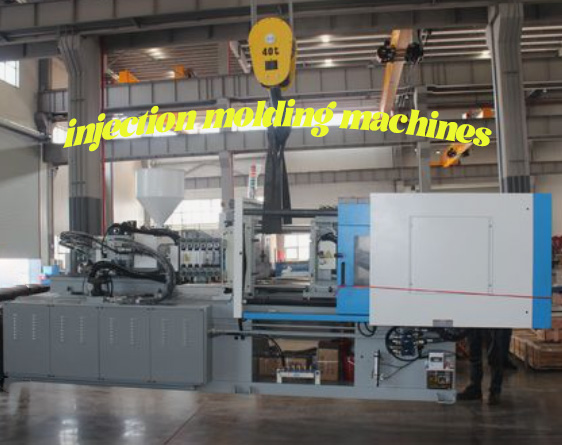Exploring the Revolutionary Application of Injection Molding Machines in the Textile Industry

With the rapid advancement of modern technology, traditional industries such as the textile industry are constantly seeking technological innovations to enhance their competitiveness. Injection molding machines, as precise plastic molding equipment, have traditionally excelled in the field of plastic product manufacturing. However, in recent years, their application has expanded to the textile industry, particularly in the processing of flexible materials, showcasing great potential. Let’s delve into the application of injection molding machines in the textile industry and how this technology is transforming textile production and innovation.

Firstly, let’s understand what flexible materials are. In the textile industry, flexible materials typically refer to materials that are soft, bendable, and foldable without breaking, such as polyester fibers, nylon, spandex, and other synthetic fibers. These materials are widely used in clothing, home textiles, sportswear, and other textile products due to their excellent elasticity and comfort. The reason injection molding machines can play a role in handling these materials is their ability to precisely control temperature, pressure, and cooling during the processing, ensuring stability and quality of the flexible materials.
Next, let’s look at several specific application examples of injection molding machines in the textile industry with flexible materials. Firstly, seamless underwear production. Traditional underwear often requires sewing, which is time-consuming, labor-intensive, and may cause discomfort due to friction from stitching. By utilizing injection molding machines, molten flexible fibers can be directly injected into molds, forming seamless structures for underwear. This not only enhances wearing comfort but also significantly improves production efficiency.
Another example is the manufacturing of 3D shoe uppers. Through injection molding technology, flexible fiber materials can be injected into molds according to predetermined shapes, enabling the one-step formation of complex three-dimensional shoe upper structures. These shoe uppers are not only highly breathable but also provide better fit and support. Moreover, this production method is more environmentally friendly compared to traditional cutting and sewing processes as it reduces material waste and carbon emissions during production.
In addition, injection molding machines also have unique advantages in producing functional garments. For example, some high-performance sportswear requires features like waterproofing, breathability, or insulation. Through injection molding technology, special microstructures can be added to specific parts of the garments, providing additional functional protection while maintaining a lightweight design.
So, how do injection molding machines achieve these complex processes? The key lies in their precise control systems and highly flexible mold design capabilities. During the injection process, the machine accurately controls the heating temperature and injection speed of the raw material, ensuring uniform flow and filling of the mold’s every corner. Subsequently, the mold cools and solidifies at specific temperatures, allowing the final product to accurately reflect the intended shape and details.
Although the application prospects of injection molding machines in the textile industry are promising, there are still challenges to overcome. For instance, for different types of flexible materials, determining the optimal processing parameters to achieve the best molding results requires continuous research and experimentation. Additionally, improving mold design and replacement efficiency is crucial to adapt to rapidly changing market demands and enhance competitiveness.
In conclusion, the application of injection molding machines in the textile industry is unleashing a technological revolution in the processing of flexible materials. It not only brings unprecedented comfort and functionality to textile products but also injects new vitality into the entire industry’s sustainable development and innovation. With further technological maturity and effective cost control, it is believed that the future application of injection molding machines in the textile industry will become even more widespread, delivering high-quality textile products to consumers.


